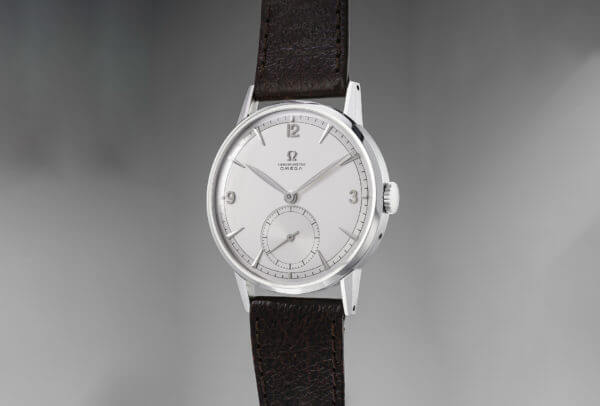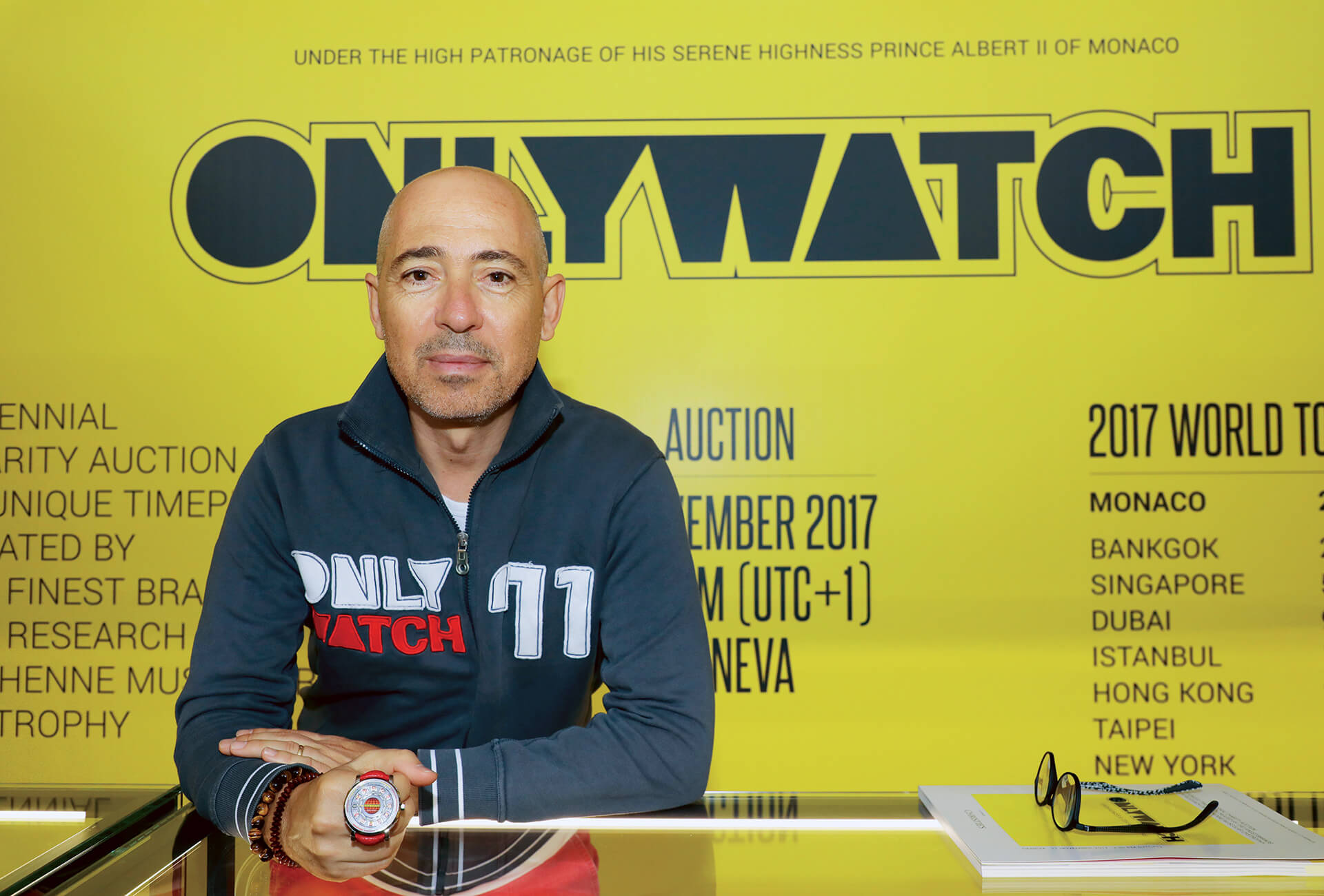Not even Only Watch and Aurel Bacs’ enthusiasm were enough to lighten the otherwise dismal mood that prevailed throughout the autumn session of watch sales in Geneva. Phillips once again dominated by raking in virtually as much as the other three auction houses combined – the latter trio bearing the brunt of an increasingly speculative market that produced a high proportion of unsold lots and half-empty salerooms. Behind the scenes, however, the weekend’s biggest talking point was discord over dates: for the second time in a row, Sotheby’s had scheduled its sale to coincide with that of Antiquorum, effectively shattering a longstanding gentleman’s agreement and, in the view of a local judicial officer, possibly jeopardising the preferential tax rates granted to Sotheby’s – and its competitors – by the State of Geneva.
A captive audience
There is an increasingly marked contrast between the empty chairs at sales taking place in the big Geneva hotels and, outside the city, the packed marquee set up in the grounds of the five-star Hôtel La Réserve by Phillips in collaboration with Aurel Bacs and Livia Russo. The house has been making auction news for the past three years, and this latest sale was no exception: 195 lots were knocked down for the tidy sum of CHF 23.9 million. Four of these lots went for over a million, including an Omega – the highest price ever paid for the brand at auction. Christie’s, Antiquorum and Sotheby’s respectively achieved CHF 12.7 million (217 lots o/w 11% unsold), CHF 8 million (598 lots o/w 35% unsold) and CHF 5.2 million (338 lots o/w 25% unsold).

“Phillips has succeeded in creating a captive audience of bidders,” commented one observer, who preferred not to be named. “By moving outside the city centre, and by organising two evening sales, it has created a situation where international auction-goers are tempted to spend the day at the hotel then enjoy the evening festivities.” A package that proved hard to resist for a sale which, here as elsewhere, was dominated by vintage and contemporary pieces. Arnaud Tellier, founder of Tellier Fine Art and an authority on antique timepieces, is adamant: “There are no more collectors. No-one cares about the antique lots, bar a handful of museums and some Chinese bidders who are buying back their heritage, i.e. matching pairs. The rest are speculators buying big-ticket steel chronos to resell. It’s a typical bubble scenario.”
What of regressive tax rates?
Geneva’s genteel auctioneering world has been shaken, and stirred, by events. In addition to the relocations taking place – Antiquorum has been replaced at the Mandarin Oriental Geneva by… Sotheby’s, “far larger than we are with its jewels and diamonds sale,” rues Julien Schaerer, Managing Director of Antiquorum Geneva –, regular attendees regret the overlapping calendars. First in spring and now at the autumn session, both Sotheby’s and Antiquorum held daytime sales on the Sunday; a situation that backfired for Sotheby’s in particular, and which may be a cause for further regret in the future.
In the 1970s, the top international auction houses were all lured to Geneva by a regressive tax rate. “At a voluntary sale, the seller pays the State a registration fee of 10% for an everyday item and 4.2% for a collector’s item,” explains René Pantet, one of the seven “huissiers judiciaires” who issue authorisations and process bills of sale. “However, when large amounts are involved, over CHF 1 million for example, the rate is reduced to 1.5% or 2%.” In order to benefit from these preferential terms, the big names entered into a tacit agreement never to clash dates, thereby encouraging business.
New circumstances are bringing old practices into question. Such manoeuvring isn’t to the taste of René Pantet, whose role is also to ensure that sales run smoothly: “It was all going well up to 2016. Then when Sotheby’s chose the same date as Antiquorum last spring, we asked them if it was through inadvertence. Despite our remark, Sotheby’s has reiterated. The regressive rate isn’t a secret but nor is it a legal obligation, hence we could recommend that the State no longer grant it to everyone.” Things are hotting up in the saleroom…
















